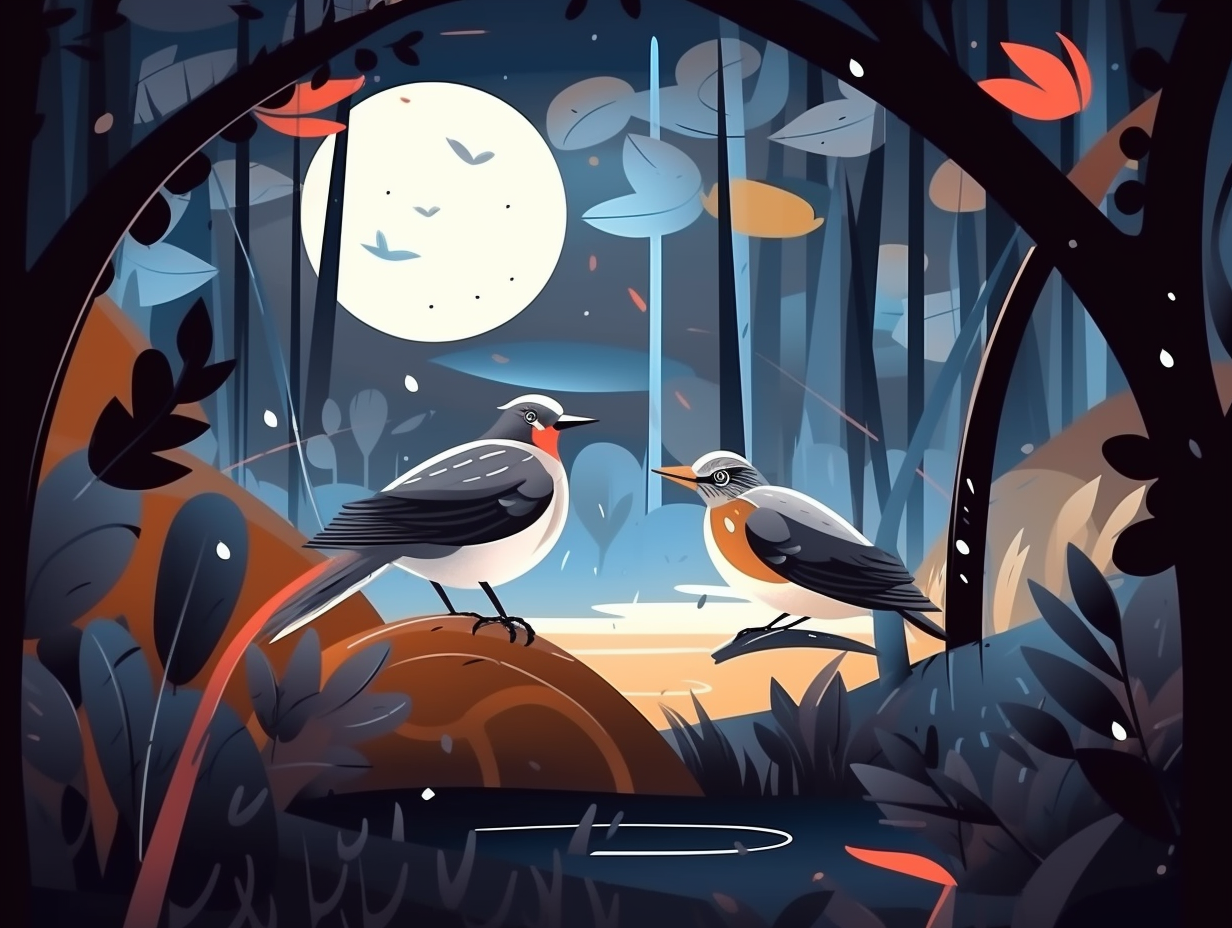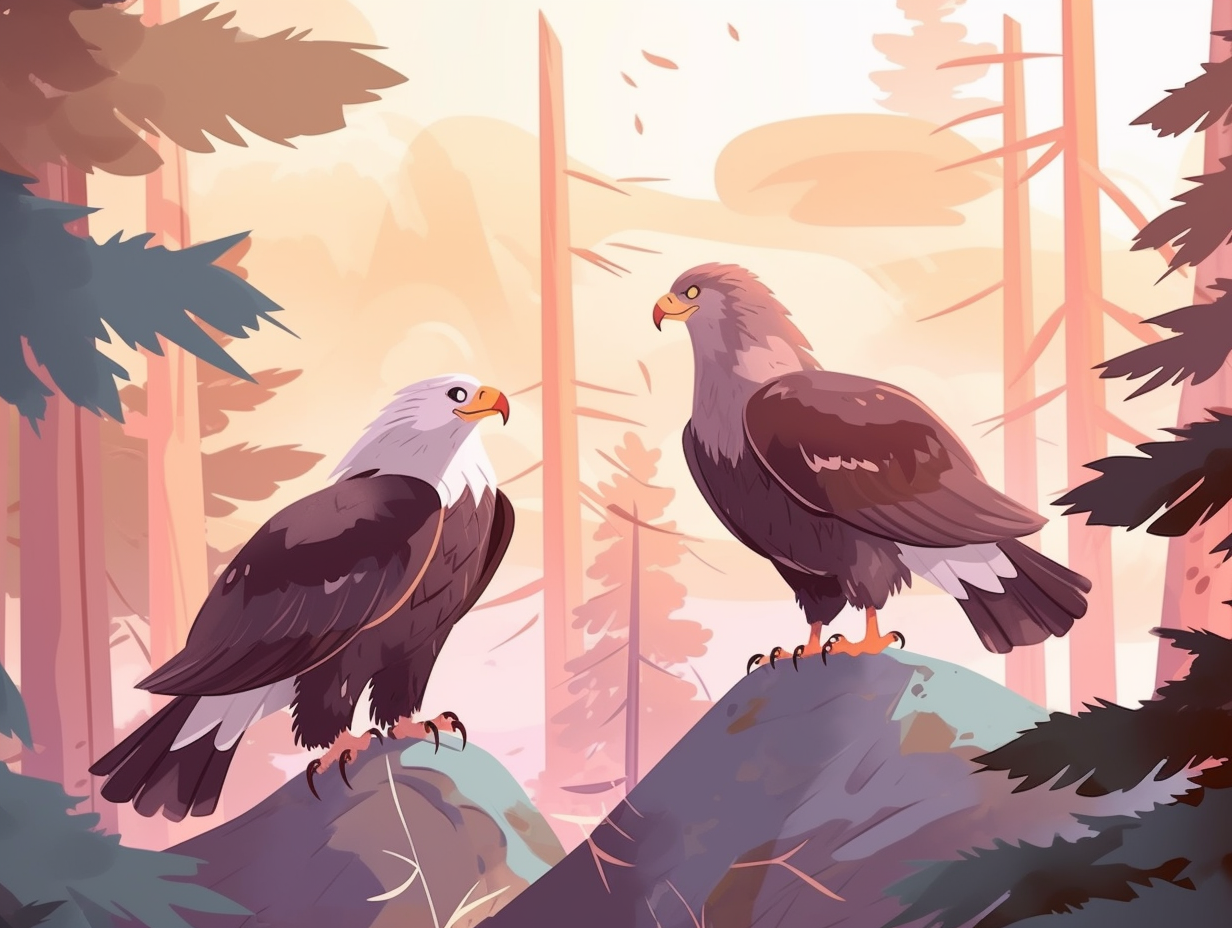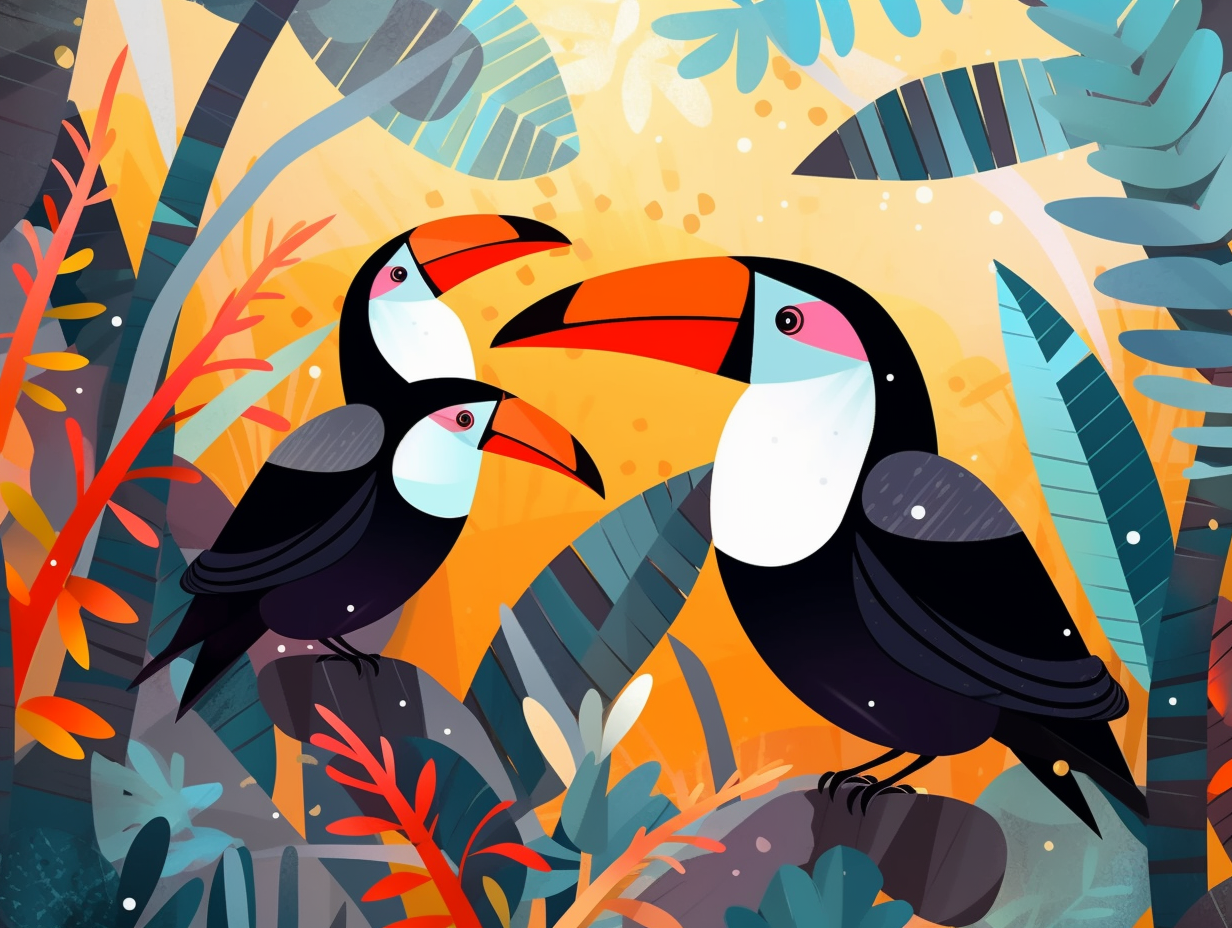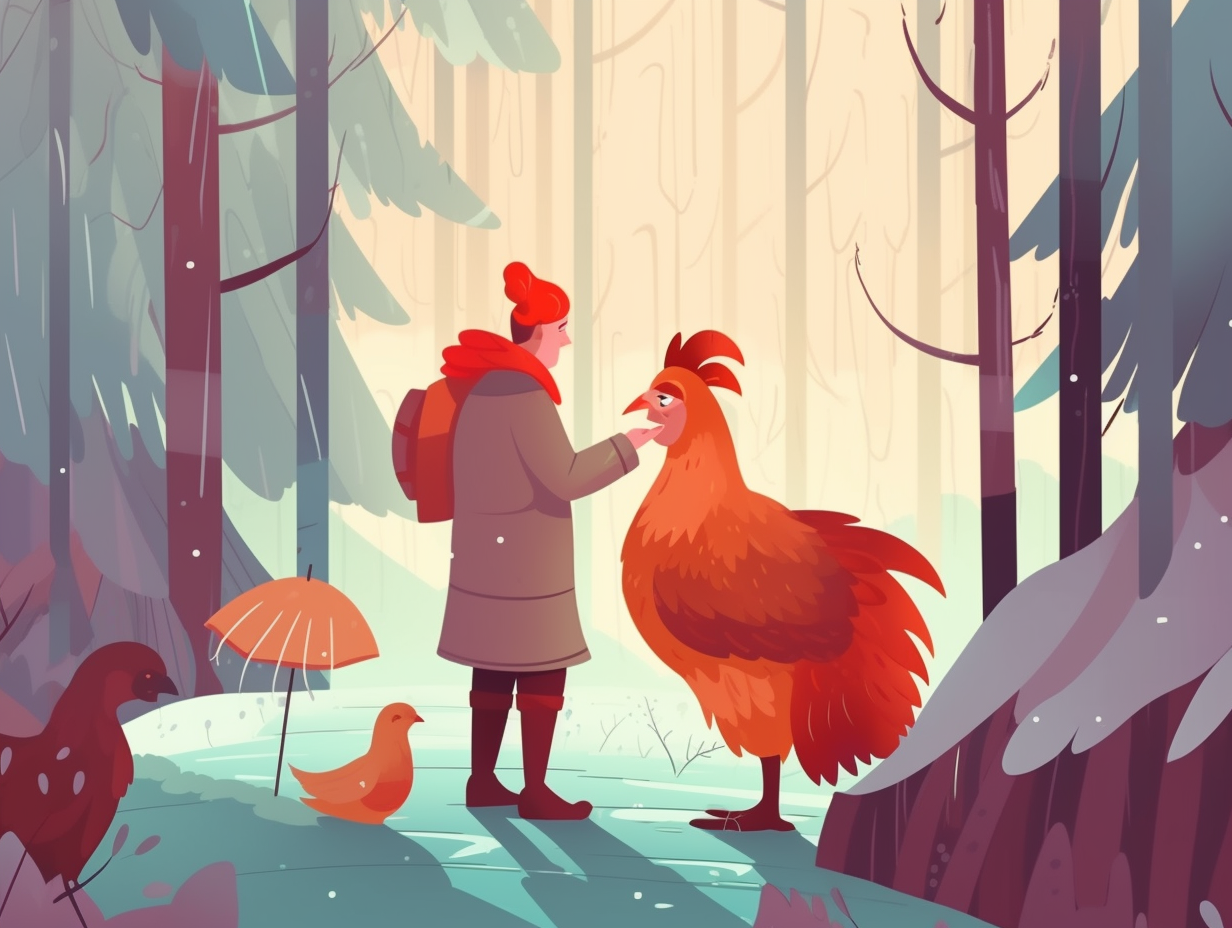Discover the Quirky World of Downy Woodpeckers: Top 9 Fun Facts You Didn't Know
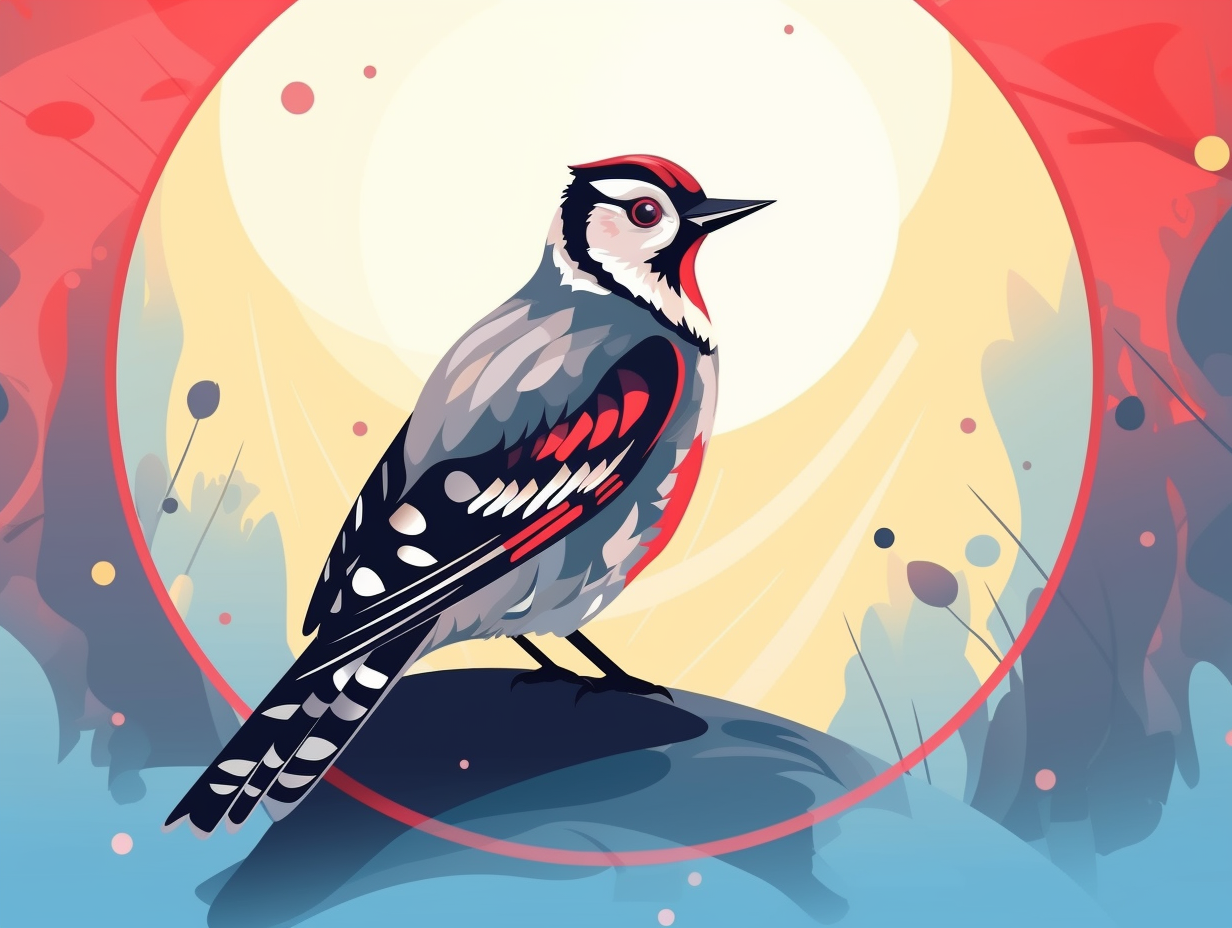
1. XL Tootsie Roll Tongue
If this woodpecker were a lollipop, it would be an XL-size tootsie roll, with the longest, stickiest tongue in the avian kingdom: The Downy Woodpecker, North America's most common woodpecker, boasts a barbed tongue that can extend up to 4 inches, expertly designed to snatch insects from tricky tree crevices. But beware, this amusing fellow is protected by the Federal Migratory Bird Treaty Act, so any attempt to lick a woodpecker could lead to a sticky legal situation!
Source => birdbgone.com
2. Feathered Airbnb Hosts
Move over, Airbnb: downy woodpeckers are the original hosts with the most! These tiny, feathered innkeepers are known to carve out up to 12 cozy roosting cavities per year, providing much-needed respite for many bird species trying to escape winter's chilly embrace.
Source => georgiawildlife.com

Discover the fascinating "language" of woodpeckers as they use unique drumming patterns to communicate, mark their territories, and showcase their aggression! 🥁🐦
=> Fun Facts about Woodpeckers
3. Drumming Disputes
In the animal kingdom's version of "drumming up an argument," downy woodpeckers tap out their disputes on tree trunks in a beak-banging showdown for territory supremacy: Researchers at Wake Forest University found that these feisty feathered percussionists can interpret the drumming intensity of their rivals to determine their level of aggressiveness, with longer drum solos signaling a more severe threat. This tree-rhythmic tête-à-tête fuels the resident woodpecker pair to coordinate territorial defenses and attacks like a perfectly synchronized musical number!
Source => news.wfu.edu
4. Nature's Power Drill
Who needs a power drill when you've got downy woodpeckers? Nature's own carpenters, these critters possess the ultimate toolset at the tip of their beaks: The downy woodpecker's specially adapted beak allows them to bore into trees in search of insect larvae, making up the majority of their diet, while also partaking in some fruity nibbles from shrubs.
Source => hortmag.com
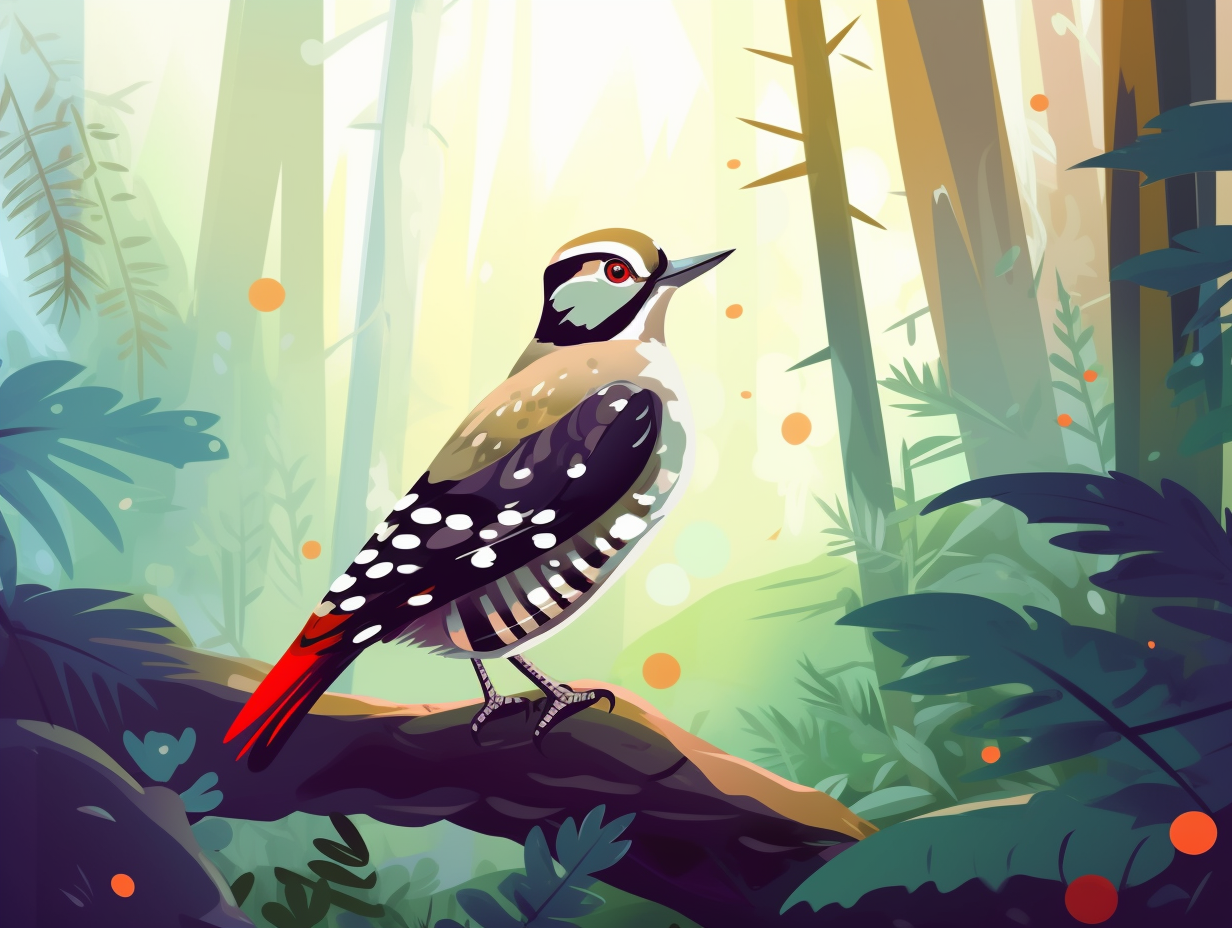
5. Nectar-Sipping Acrobat
Behold the downy woodpecker, nature's miniature lumberjack with a penchant for sweet nectar: This tiny avian acrobat skillfully uses its long, barbed tongue to extract insects hidden in tree bark, feasts upon seeds, nuts, and suet, and has even been caught red-beaked, sneaking sips from hummingbird feeders.
Source => northernwoodlands.org
6. Woodpecker Renovation Experts
Drumming up some real estate like a woodpecker version of Chip and Joanna Gaines, Downy Woodpeckers showcase their uncanny knack for renovation: Working as a diligent duo, they excavate nest holes in just three weeks, leaving an entrance hole of 1-1.5 inches in diameter, and a 6-12-inch-deep cavity lined with wood chips for the comfiest of bird family homes!
Source => allaboutbirds.org
7. Featherweight Foragers
Like a featherweight boxer dancing around its heavyweight opponents, the Downy Woodpecker knows how to pack a punch in tight spaces: This tiny avian acrobat deftly navigates slender branches and weed stems, even going so far as to tailgate larger woodpeckers for leftovers and mastering the art of upside-down foraging.
Source => abcbirds.org
8. Feathered Forest Ninjas
The downy woodpecker is quite the master of disguise, like a feathery ninja of the forest or a bird-version of Waldo: its contrasting white spots and dark plumage create a disruptive pattern that blends with tree-bark and dappled sunlight, effectively eluding predators and aiding them in their tree-hole making for other bird's homes.
Source => princeton.edu
9. Foodie Woodpeckers
Who knew downy woodpeckers had a penchant for fine dining, with a side of doughnuts and cheese? These feathery foodies enjoy an eclectic mix of treats, rivaling any hipster's favorite brunch spot: Downy woodpeckers feast on wild foods like beetle larvae, ants, seeds, and berries in the winter, but also savor backyard bird feeders offerings such as sunflower seeds, shelled peanuts, cracked corn, coconut, American cheese, bread, and even doughnuts.
Source => georgiawildlife.com
Related Fun Facts

